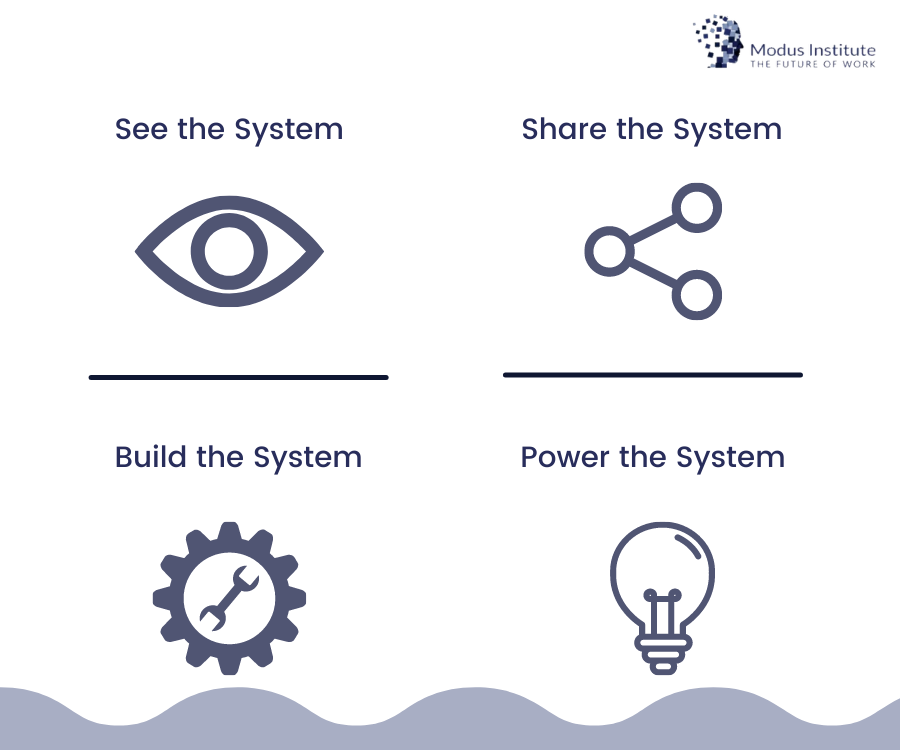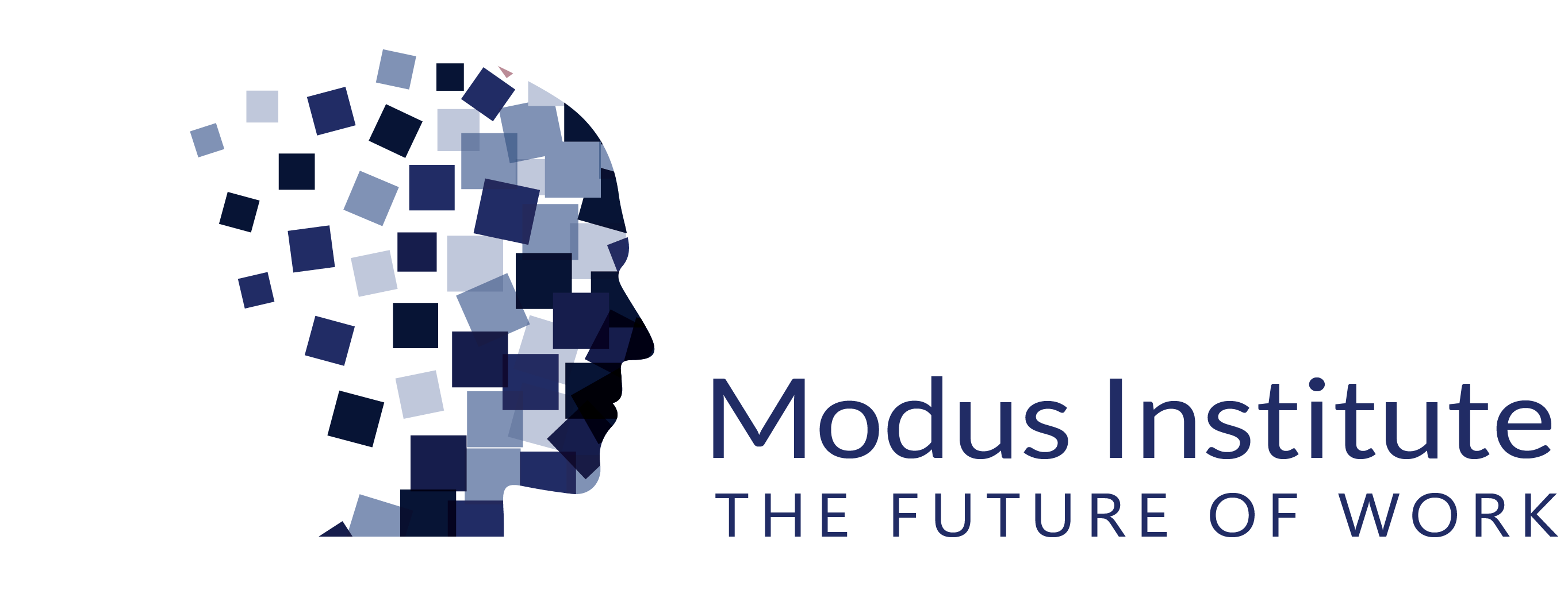Visual information is processed thousands of times faster than text. That’s why many companies use some kind of
visual management system to get the important processes across.
Visual systems are a great method to map and track the flow of work without confusion. Instead of applying old-school and non-functional process management and hoping for the best, teams use visualization to facilitate clarity and transparency.
There are various visual systems that combine tools such as Kanban boards, labels, charts, color coding, dashboards, etc. that contribute to sustaining intuitive understanding and adequate management of the workload.
Also, visual systems are an essential element of Lean management because they allow getting all the needed information right away with just a glance. You can break down complex processes into simple visual pieces.
Verbal or written communication is not as reliable and easy to digest as visual. These types of systems allow each team member to understand what’s going on regarding every single work process with a few glances without getting into much thought. This way, they can spot bottlenecks and improve the way they process work to be more efficient.
Visualization in any form empowers teams to be more in the loop and see the impact of their work as it progresses through the different stages of the work process. Visual cues boost transparency by showing workload, standards, expectations, and status progress to anyone from management to team members.
In addition, visual systems promote greater employee accountability because the work is visible to anyone with access to the system. This on the other hand affects their desire to perform better in the long run.
Human life is centered around systems. They help our brains to respond and interpret the world around us. This goes for the way we work as well. Managers have always been looking for ways to manage their teams better and visual systems proved to be an invaluable tool for achieving continuous improvement.
Visual systems enable us to see patterns, complications, and interactions regarding our work. For example, when applying Kanban, the team relies on a shared
Kanban board, which makes those insights visible to our colleagues as well and we are able to build better ways to support clarity and finalization of projects.
Creating a system is not the final destination, teams must power it by constantly learning from it and improving. However, organizations can mess up and clutter their visual management systems. Luckily, there are ways to manage and improve work without getting lost in translation.
Any organization that strives to grow should rely heavily on visual systems to rapidly spread information. In order to make a good decision, you need visibility and clarity to avoid repetitive mistakes. When teams are under-informed they are prone to making lousy decisions and blocking improvement opportunities.
To be useful and bring value a visual system must be effective. This means providing useful information to individuals who need it without them wasting time searching.
The
visualization should embody clarity and structure. Don’t abuse your Kanban board and put countless cards in the “Doing” column for example. Without limiting work in progress (WIP), you will feel overwhelmed, confused and nothing will ever get done properly.
Let’s go through a few ways that can help us improve our work by creating simple but powerful visual systems.
If the visual system is not simple enough to be perceived effortlessly, it is not practical to use. The main purpose of visualization is to improve communication, so make sure the visual cues are straightforward and simple.
For example, if you’re using a Kanban board as a visual system, stick only with the columns you actually need. If the board requires more effort to maintain than gives back as value, you went overboard.
Also, visual tools are great for breaking down big projects and complex processes into smaller chunks. You can make them much clearer by using Kanban cards, charts, graphics, etc. depending on the applied visual system, project scope, and team's needs.
Our visual systems must be designed to be
responsive when interruptions arise. Often, we have very poor reactions to unexpected tasks. That’s why visual management systems are useful for developing a process to manage those surprises. This way the inconvenience is less stressful and easier to deal with.
For example, it is a bad practice to plan for utilizing team capacity to the maximum. Leave room for unpredictable interruptions so you can react accurately and tackle them without crunching.
Teams need to follow a direction. Without a plan, how do we know where we’re headed? Visual systems help us outline the goals and expectations. In addition, the risk of taking the wrong turn and engaging with low-value action is reduced to a minimum.
A great practice to ensure the sync between team members is having frequent retrospective meetings, for example. The team goes over what’s working and what’s not so they can plan better and have more realistic expectations. The practice can contribute to smarter management of the workload and a shared vision of future plans.

Creating a
system that actually works, in the long run, can be tricky. It requires structure, visibility, relevancy, and regular updates. In particular, there are four stages that lead to building a visual system that works for you and your organization.

You can successfully manage and improve the way you work only if you see it. So, make it
as visible as possible. Map down every process and track what’s going on in real-time. Teams must be able to see the workflow, collaborate, see progress, bottlenecks, and opportunities for improvement.
Visual systems help us see how our current ways of operating are failing and what’s working. Knowing these valuable pieces of information will guide organizations to find their way to improvement.
Make sure the information is spread and gets to the right people at the right time. Drop unnecessary practices and focus on delivering the information in the most simple and clear form of visualization.
Shared ownership is crucial to keep the team on the same page. People begin to really work together, take accountability and handle any unexpected workload much more efficiently.
We rely on systems every day but we need to be mindful of how we structure them. This can sabotage the whole workflow or skyrocket the team’s performance. The way to go is to build a visual system that reflects organizational goals, culture and can be modified. People must be able to understand, act on it and improve it together.
Following the practices of building a visual system can show us what can be done better - highlights the professional capabilities of the team, sparks conversation for
improvement, strengthens customer relationships, and makes the team the powerhouse of the organization.
Applying visual systems can be invaluable for achieving continuous improvement. If a project is not visualized, the value and learnings from it will disappear as the opportunity to improve.
There is no one size fits all. However, as long as we’re striving for simplicity, a prioritization filter, and solid planning embedded in your visual systems, it won’t be long before the good results come.
In our
Lean Agile Visual Management Certification and accreditation programs, we teach how to apply Lean and Agile practices to build new ways of working for individuals and teams. You can build your proficiency in a variety of practices that will allow you to respond to change, build healthy cultures, and get quality work done quickly.


